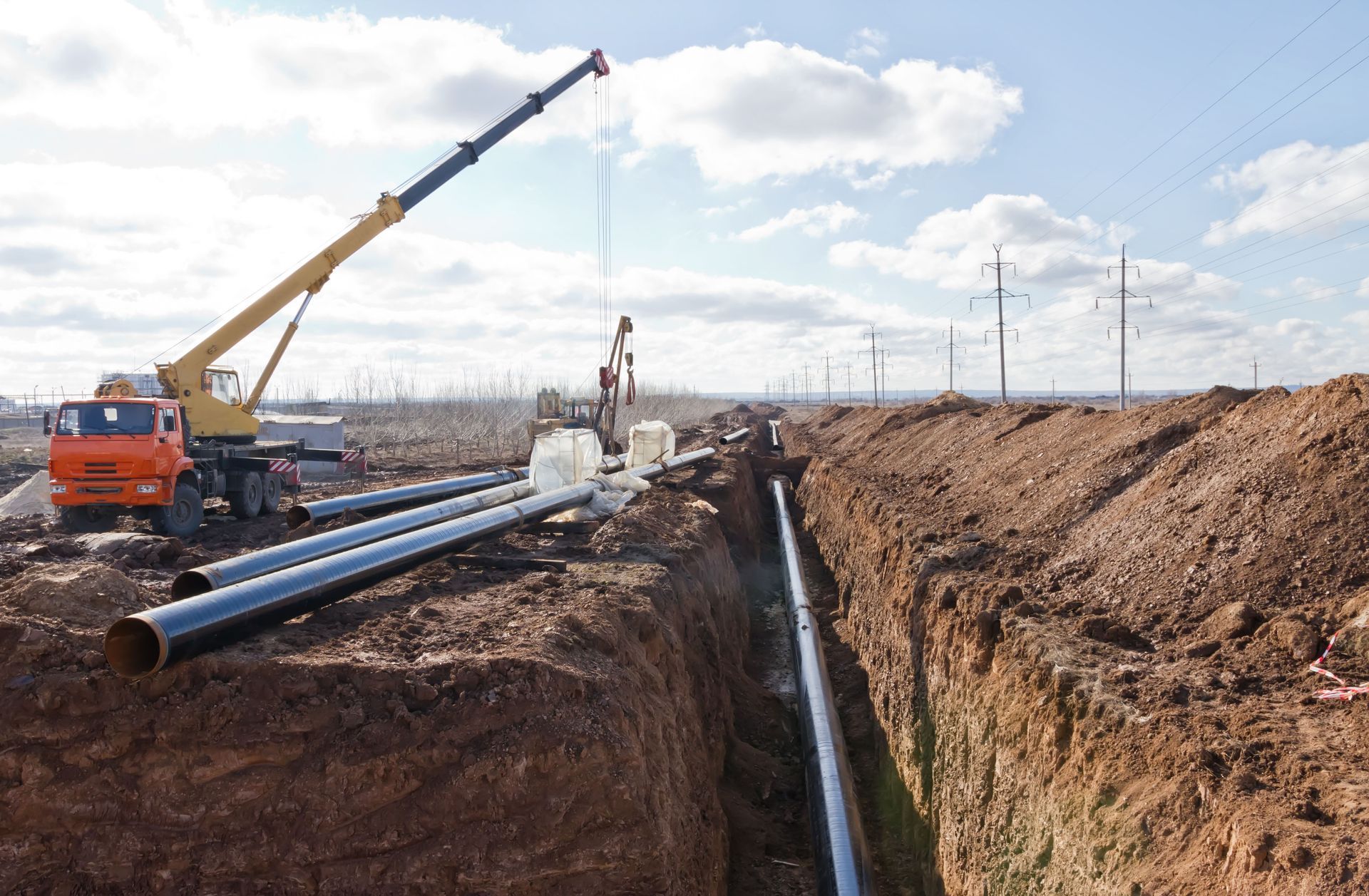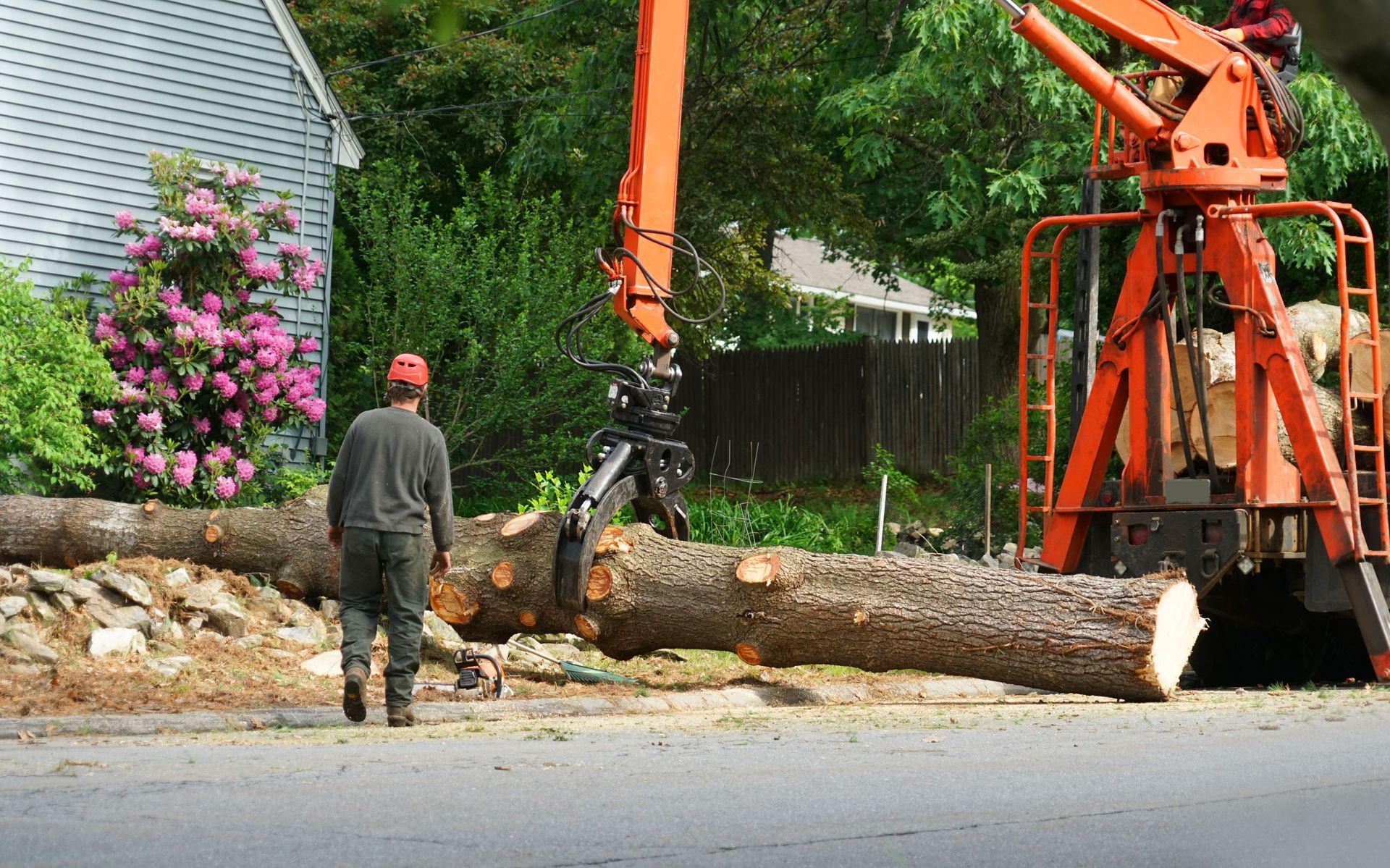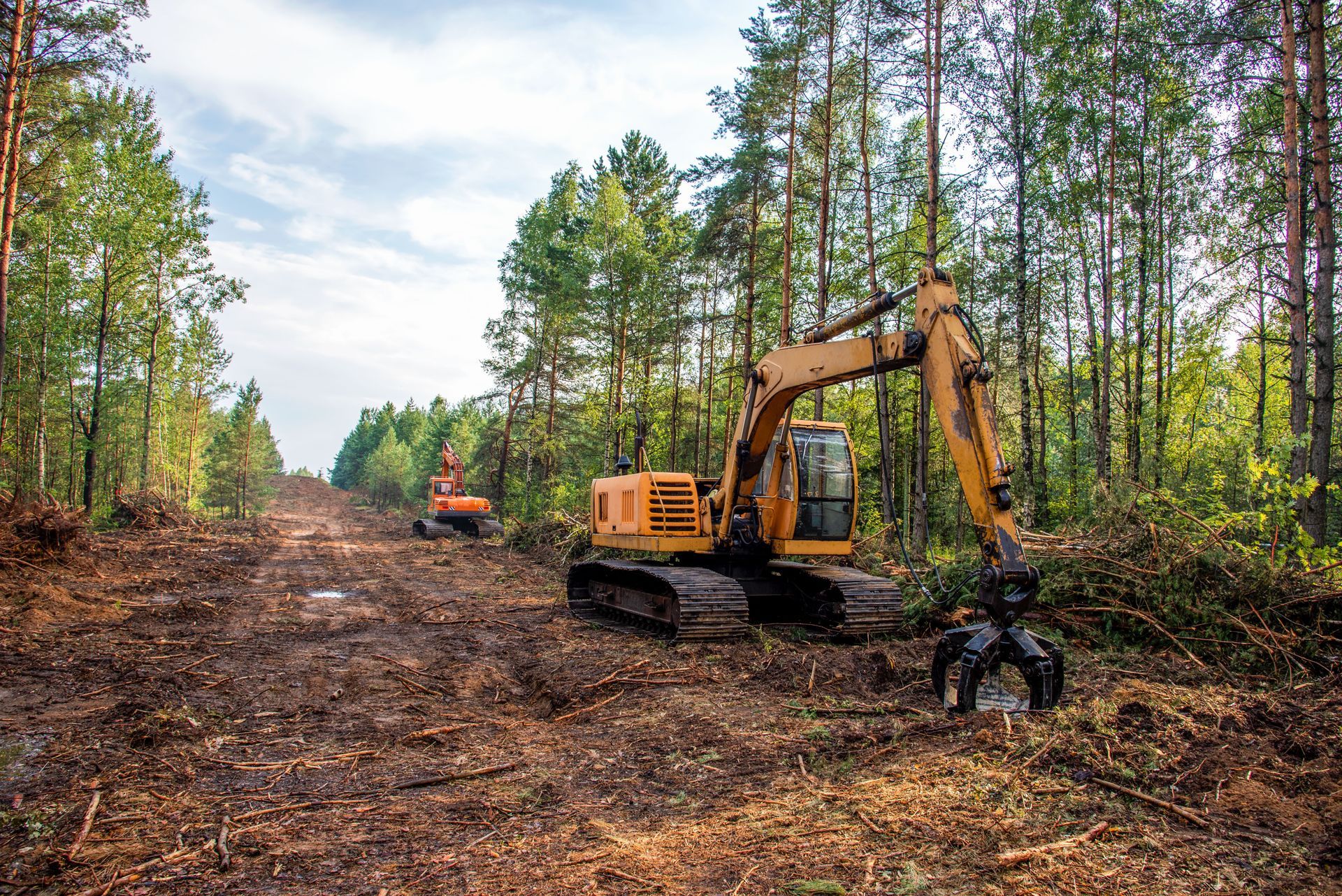Do Cranes Come With Rigging Equipment, or Must It Be Rented Separately?
Highlights:
- Crane rentals may or may not include rigging gear depending on the project and rental company.
- Rigging equipment includes slings, shackles, spreader bars, hooks, and lifting beams.
- Safety standards from OSHA and NCCCO influence rigging use and inspection requirements.
- Understanding your rental agreement prevents delays and unexpected costs.
- Russ Erlinger Crane Service in Springfield, IL, provides tailored solutions for safe and efficient lifting.
Understanding Rigging Equipment in Crane Operations
Rigging equipment is essential to crane operations, as it connects the load to the crane and ensures safe lifting. Typical rigging components include slings, hooks, shackles, chains, and spreader bars. These pieces distribute weight evenly and prevent accidents caused by imbalance or slippage. Whether a crane rental includes rigging equipment often depends on the project’s scope, the type of crane, and the rental provider’s policies. Many companies offer rigging gear as an add-on service for flexibility and to match specific lifting requirements that vary across industries.
When Cranes Include Rigging Equipment
Some crane rental companies include standard rigging equipment with the crane package, especially for full-service rentals that come with an operator. This ensures all parts meet the proper load requirements and have been inspected by a qualified professional. According to the American Society of Mechanical Engineers, rigging hardware and slings must be regularly inspected and maintained to prevent mechanical failure and ensure safe lifting operations. For safety and liability reasons, reputable crane providers prefer supplying their own gear to maintain compliance with these standards and avoid mismatched components brought from outside sources.
When Rigging Must Be Rented Separately
In contrast, bare crane rentals — where the renter provides their own operator and crew — often exclude rigging gear. These customers typically already own rigging equipment suited to their particular operations. According to the Specialized Carriers & Rigging Association, rental agreements for bare-rent arrangements should carefully define what equipment is included — and many do not bundle rigging accessories by default. Rental providers may offer a list of compatible accessories that can be rented separately if needed. This flexibility allows contractors to use only what’s required for their job, potentially lowering costs for short-term projects.
FAQ
Do crane rentals typically include rigging?
It depends on whether you rent a bare or operated crane. Operated rentals often include rigging, while bare rentals usually do not.
Why is it important to use certified rigging gear?
Certified rigging meets OSHA and industry standards, reducing the risk of accidents and ensuring load stability during lifts.
Can I use my own rigging with a rented crane?
Many providers allow it if your equipment meets inspection and certification requirements, but you should confirm beforehand.
Key Types of Rigging Equipment
Rigging gear varies depending on the load and lift type. Common items include wire rope slings, synthetic slings, chain slings, eye bolts, turnbuckles, and shackles. Each component plays a unique role in controlling weight and movement. According to the Occupational Safety and Health Administration, slings — and all fastenings and attachments — must be inspected each day before use for damage or defects such as fraying, cracks, deformation, or other wear. Using the right type of rigging for the environment — such as heat-resistant slings for steelwork or corrosion-resistant chains for marine use — also enhances both safety and performance.
Benefits of Renting Rigging Equipment Separately
Renting rigging equipment separately allows for customization and cost control. A contractor working on a single lift may not need an entire rigging package, while larger projects benefit from more extensive setups. Choosing your own rigging ensures compatibility with specific load shapes and weights. Additionally, it prevents unnecessary charges for equipment that won’t be used. For companies like Russ Erlinger Crane Service in Springfield, IL, this flexibility means customers can choose between turnkey crane packages or customized rentals that include exactly what their project requires.
FAQ
Is rigging equipment inspected before each rental?
Yes, professional crane services inspect all rigging equipment for wear, damage, or deformation before every use.
Are rigging accessories universal?
No. Rigging must be chosen to match load capacity, crane size, and lifting configuration for proper balance and safety.
What happens if rigging fails during a lift?
A failed rigging component can lead to dropped loads or structural damage, which is why inspection and certification are mandatory.
Safety Considerations with Rigging Equipment
Proper rigging practices are vital for worker safety and equipment integrity. OSHA’s regulations require that all rigging components be rated for the load and used only by qualified personnel. Rigging errors are among the leading causes of crane-related accidents, often resulting from miscalculations of weight or improper sling angles. Ensuring that riggers are trained and certified helps reduce these risks. Professional crane rental services typically include load testing and weight calculations as part of their setup, minimizing the chance of equipment failure during operations.
How Crane Companies Maintain Rigging Standards
Reputable crane companies implement strict maintenance programs for all rigging components. Before and after each job, rigging gear is inspected for corrosion, elongation, or fatigue. Any worn parts are removed and replaced immediately. Regular inspections and detailed maintenance records also help uphold safety standards and extend the lifespan of critical lifting equipment. Companies that maintain in-house inventory, rather than third-party suppliers, can guarantee the reliability and traceability of every rigging component used on-site.
FAQ
How often should rigging be replaced?
Replacement intervals depend on frequency of use and exposure, but damaged or frayed rigging must be removed from service immediately.
Do crane rental companies offer rigging training?
Some providers partner with certified training programs to educate operators and riggers on safe lifting practices.
Is documentation required for rigging gear?
Yes, rigging components should come with load charts, inspection logs, and capacity ratings for verification purposes.
Evaluating Your Project’s Rigging Needs
Before renting a crane, assess your project’s specific rigging requirements. Consider the load weight, shape, and environmental conditions. Construction in confined spaces may require low-profile spreader bars, while tall lifts might need adjustable lifting beams. Consulting with an experienced provider helps determine the safest configuration. Full-service crane companies typically perform a site evaluation and recommend the most efficient rigging solution. This approach minimizes downtime and prevents equipment mismatches that could slow project progress or increase costs.





Share On: